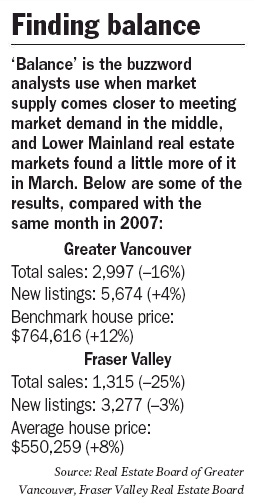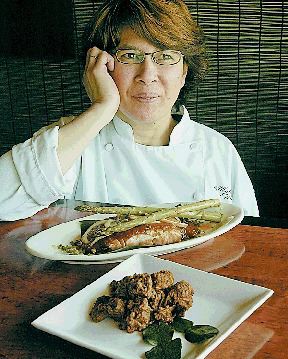It’s easier for buyers to invest in a recreational home
Suzanne Beaubien
Sun
Taking on a second mortgage is not a step most homeowners take lightly. But with more people seeking out second properties where they can escape the city, the financing of recreational properties is a market that has expanded in recent years.
More options are opening up to people ready to purchase.
Mortgage brokers say traditionally, lenders have seen recreational properties as less desirable investments.
“In general, it’s a much more narrow niche,” explains Todd Fralic, Mortgage Intelligence’s assistant vice-president for the Prairies.
“At one point it was nearly impossible to get a recreational property with CMHC.”
Consequently, the requirements for financing a second home were more stringent, requiring larger down payments — as much as 25 per cent — and ensuring the home met certain specifications.
But Canadian mortgage insurers have become less conservative in their practices as competition increased and baby boomers sought out second homes. Now new products from the Canada Mortgage and Housing Corp. and Genworth make it easier for buyers to invest in a recreational property — provided they meet a few conditions.
Under CMHC’s Mortgage Loan Insurance, approved lenders can offer recreational property buyers up to 100 per cent financing if the second home is accessible year-round and has the proper facilities to house residents 24/7. But if the buyer plans on renting out the property, he or she is excluded from using CMHC’s second-home product, says John McWilliam, of CMHC. Nor are time-shares eligible.
McWilliam cautions buyers that not all recreational properties are covered under CMHC’s mortgage loan insurance; only those that qualify as true second homes will be covered.
Genworth, meanwhile, offers a similar product for secondary homes, which it classifies as Type A to a maximum of $700,000. Type B properties, meanwhile, need not be winterized or accessible year-round but are financed up to 90 per cent and to a maximum of $350,000.
Calgary mortgage broker Michael Boyle of the Mortgage Group says most of his clients still aren’t making use of these new products.
“These programs that help finance recreational properties haven’t been used a lot,” Boyle says. “Typically, people buying recreational homes have the money to put 25 per cent down.”
That’s what Jon Dick did when he and his wife bought their Timber Ridge cabin in Invermere seven years ago; they put $75,000 down on the $300,000 home. They loved the location, and could see back then the Columbia Valley would become the vacation destination it is today. They subsidized their mortgage by renting it out. Today, the property is worth $600,000.
“I’m glad we bought when we bought,” says Dick, vice-president for Pine Ridge Mountain Resort. “It’s way easier to do today. Obviously, you have to have the income to support what you do.
“But there’s different ways of buying recreational property today.”
At Pine Ridge, for example, buyers who intend to join the professionally managed rental pool can purchase a property with just five per cent down. Many other resorts offer similar incentives, often through a single lender.
By doing that, the owner offsets his debt-servicing costs and is still able to get into the recreational property market at today’s prices, Dick says.
But some lenders shy away from financing properties that will be part of a rental pool, Fralic says. And the products offered by CMHC and Genworth exclude such situations.
There are other options that may appeal to Canadians who have seen the value of their homes skyrocket over the past few years. Both Boyle and Fralic say most of their clients are taking equity out of their first homes and putting it into their second to defray the costs of buying a recreational property.
Then, buyers aren’t subject to the same restrictions on useability, which means a cabin that can only be accessed by boat isn’t out of the question.
It’s a common practice, even for buyers shopping for a second home abroad.
Calgary accountant Mesh Dayal says he found financing his condo in Puerto Penasco, Mexico, no harder than financing his primary residence.
“We had equity in other property, which gave us the ability to borrow at favourable rates and use the proceeds to purchase in Mexico,” says Dayal.
But he warns, “It takes a little bit longer to go through the legal process in Mexico than in Canada.”
McWilliam notes buying property in another province or country involves finding local realtors, mortgage brokers, lawyers and home inspectors.
Often, Boyle adds, buyers may find it easier to start the process by asking for recommendations from trusted sources.
© The Vancouver Sun 2008



